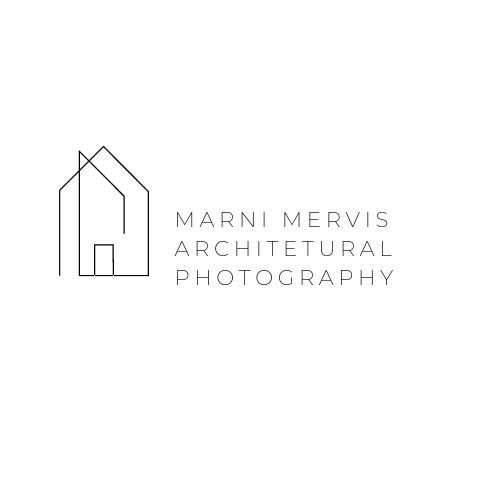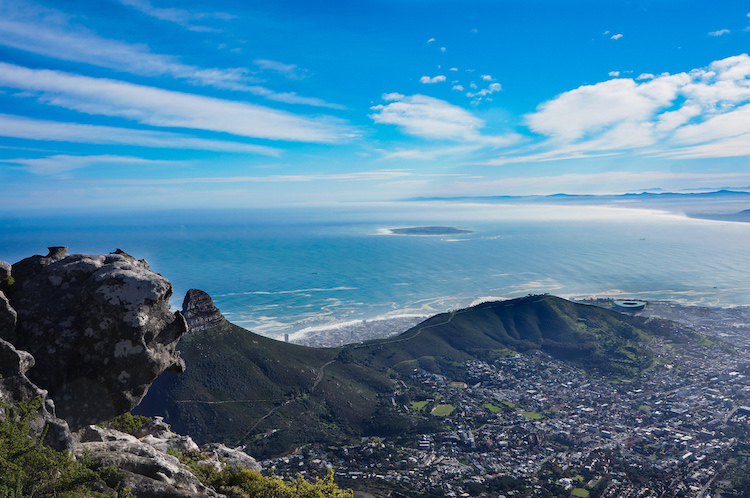A similar version of this post was originally published as a Wild Terrains travel guide.
My husband is South African, born in Cape Town before his family emigrated to California. It's a heritage that is far from my own - as a multi-generational Seattlite. It's something that made the prospect of visiting South Africa that much more alluring. And now finally, after 7 years together - 3 years married (but who's counting?) - I've finally made the trek around the world to what seems like literally, and figuratively, the furthest spot on the map you could possibly get from our home in Los Angeles. That's why I was thrilled when Cape Town's Derwent House Boutique Hotel offered to partner with me on the newest installment of my Design-Lover's Travel Guide series - a guide to South Africa.
All in all South Africa is about 24+ hours of flying time (not including layovers). That said we made the most of our time there. In case you're following along on a map, the trek took us through Paris, then onto Africa, where I visited Johannesburg for a little family time, Madikwe for an unbelievable safari, and then finally to Cape Town. It was a trip packed with history, context, family, and visits to some of the Country's unique cultural spots, hottest haunts, and picturesque locales.
WHERE TO STAY
Derwent House Boutique Hotel - Come for the great location and colorful and modern take on African decor. Stay for the insanely good hospitality, over the top breakfasts, nightly brandy by the fire, and hot water bottles in the bed with turn down service. Built in the 1930s this luxury guesthouse, which was originally a private home, was transformed into a 10 room boutique hotel in 2008.
In life and at hotels, it's the little touches that, for me, go a long way - and Derwent House had plenty of those. One of those touches was a complimentary local smartphone in our room from Handyphone. The phone allowed me to avoid incurring nasty international data charges on my personal phone. I used it for directions, ubers, local phone calls, and more.
The pool @ Motswiri
Motswiri Private Safari Lodge - If you've ever fantasized about what it was like to be Ernest Hemingway on Safari (aside from that whole nasty hunting part, obviously) then look no further than Motswiri. You'll feel like you've turned back the hands of time in the best way possible with this small, luxury lodge tucked deep into the bush near the border of South Africa and Botswana. Its the kind of place with dark, rich woods, thatched roofs and four poster beds; the kind of place where an infinity pool looks over onto a watering hole where wildabeasts meander over for an evening drink; it's the kind of place where the staff will great you at the door with hot towels and brandy upon your return from game rides. It's the kind of place where you can unplug from the world.
WHERE TO EXPLORE
Madikwe Game Reserve - Situated on the border between South Africa and Bostwana and spread over 75,000 acres, Madikwe is a slice of majestic wilderness. Here, we accomplished seeing the "Big 5" (Lion, Leopard, Rhino, Elephant, Cape Buffalo) in just two days, not to mention sightings of a host of other animals as well. For your planning purposes, Madikwe is about a 4 hour drive from Johannesburg.
Colorful necklaces line a stall at Greenmarket Square
Greenmarket Square - The central square of Cape Town was built in 1696. Today, it bustles as a place to purchase African art, crafts, and clothing, but its varied history as a vegetable market and slave market can still be felt. The cobblestone streets and the Colonial, Gothic, and Art Deco architecture styles of the buildings that surround the square act as a kind of time machine.
Muizenberg Beach - A laid back surf community where you’ll find hardcore surfers in the water even in the height of winter’s rainy season. Muizenberg is where colorful beach huts (meant for changing and storing beach gear) dot the sand. During the town's hey-day in the 1950s and 60s, this was the spot where my then-teenaged in-laws used to hang out during their summer holiday. Back then this spot was lovingly called the “snake pit.”
Sans - A Cape Town home goods store and ethical grocer that focuses on conscious community and intentional living. The store, designed by South Africa’s Master Studio, reflects Japanese woodworking techniques and craft in its minimalist aesthetic. Score everything from fine bedding, kitchen tools, and furniture, to artisan breads and cheeses, freshly made jams, meats, and vegetables.
Bo Kaap - The neighborhood is home to the city’s Cape Malay community. The colorful and vibrant area, originally established in the 1700s, is just steps away from modern glass skyscrapers in Cape Town’s city Center.
WHERE TO EAT
Mount Nelson Hotel - Make a reservation at Cape Town’s iconic (and pink!) Belmond Mount Nelson Hotel for high tea, and for around $27 USD / person you can partake in a quintessentially South African experience. White glove service comes complete with your choice of freshly brewed teas, a tower of savory snacks, scones, and a seemingly never-ending buffet table of sweet delicacies.
The Willaston - For an Alice in Wonderland-meets-industrial vibe with 360 degree views of Cape Town, head for drinks at The Willaston. It’s located in Cape Town’s swankiest new hotel, the Silo - aptly named for the building’s original use as a grain silo. The eye-popping project was designed by London-based architect Thomas Heatherwick. A meal or cocktail is an easy way to get a dose of the chic space without shelling out for a budget-busting ($800+/night) stay.
Mojo Market - Indian, Iraqi, Italian, Japanese… you name it. Mojo Market’s got food stalls with just about every cuisine you could possibly think of (not to mention those with crafts and leathergoods), all of which meander around a warehouse with a large bar at its center. The space also features live music, and a massive projector screen, which makes this spot a destination for World Cup or Rugby viewing parties.
Posted in partnership with Derwent House; all views my own.
// All photos by Marni Epstein-Mervis of STRUKTR Studios



























